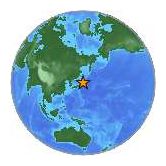
© USGSEarthquake Location
Wednesday, March 09, 2011 at 02:45:18 UTC
Wednesday, March 09, 2011 at 11:45:18 AM at epicenter
Time of Earthquake in other Time ZonesLocation:
38.510°N, 142.792°E
Depth:
14.1 km (8.8 miles)
Region:
NEAR THE EAST COAST OF HONSHU, JAPAN
Distances:
168 km (104 miles) E of Sendai, Honshu, Japan
193 km (119 miles) SE of Morioka, Honshu, Japan
216 km (134 miles) E of Yamagata, Honshu, Japan
413 km (256 miles) NE of TOKYO, Japan
Location Uncertainty:
horizontal +/- 12.8 km (8.0 miles); depth +/- 1.8 km (1.1 miles)
Parameters:
NST=464, Nph=469, Dmin=390.7 km, Rmss=1.06 sec, Gp= 29°,
M-type="moment" magnitude from initial P wave (tsuboi method) (Mi/Mwp), Version=B
Source:
USGS NEIC (WDCS-D)
Event ID:
usb0001r57
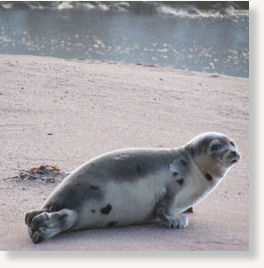

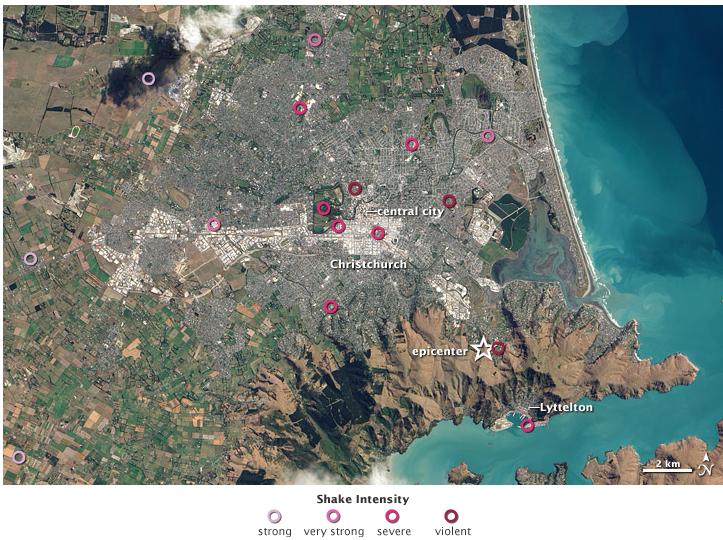


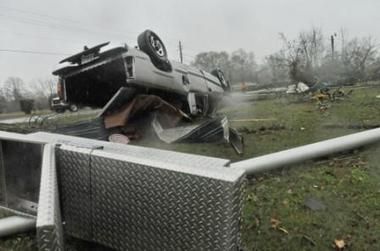



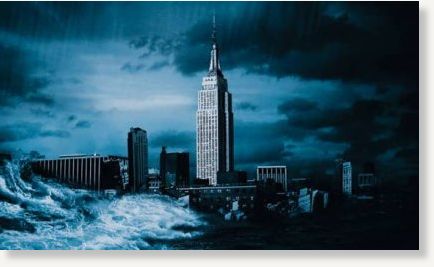



Comment: Indeed, catastrophic weather is now becoming the norm rather than the exception. What the author fails to mention however is the growing scientific evidence that the planet is beginning to cool down, leading to a very possible ice age... please consider the following (which is really a small cross-section from our archives):
Global Warming? It's the coldest winter in decades
Global Warming Fanatics Becoming Desperate
Greenhouse gases could have caused an ice age, claim scientists
Enjoy the warmth while it lasts
The Coming Ice Age
Global Warming Is a Fraud
Reflections on the Coming Ice Age
'Forget global warming, prepare for Ice Age'
Scientist predicts 'mini Ice Age'
What's Happening to the Sun? Could its unusual behavior herald a new ice age?
Croat scientist warns ice age is overdue, could start in five years
New Ice Age 'to begin in 2014'
Global warning: We are actually heading towards a new Ice Age, claim scientists
Russian scientist says Earth could soon face new Ice Age
Public not being told the whole truth about global warming
What the Science Really Says About Global Warming
Over 500 scientists published studies countering global warming fears
Global Warming? Global Cooling Forecast Backed By Real Science